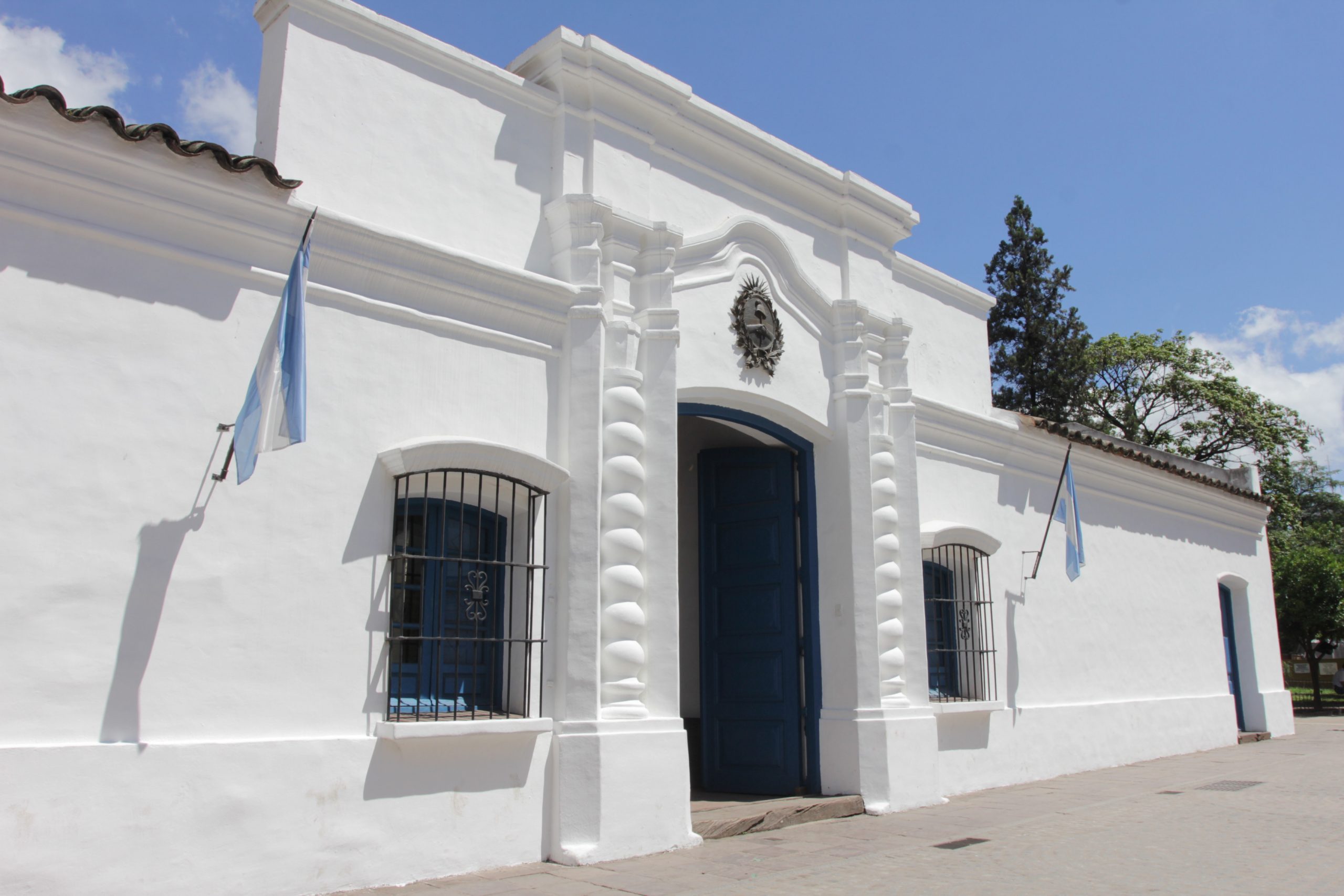Argentina
La Rioja popular festivities
La Rioja popular festivities cannot be missed in your itinerary of travel to this destination. Know the dates on which each one is celebrated and what they consist of.

Like all Argentine provinces, we have the popular festivals of La Rioja. They are few, but of great relevance to its inhabitants; tourists cannot miss them. They are full of history, tradition, joy, religion, music and gratitude. Find out more about them below and you won’t hesitate to include any of these in your travel itinerary.
· FEAST IN HONOR OF THE PATRON SAINT NICHOLAS OF BARI AND THE MAYOR CHILD
Every year, during the first days of January, La Rioja is the scene of celebrations in honor of San Nicolás de Bari, patron saint of the diocese of this province.
The festivities begin on December 31st with the solemn Tinkunaco. It continues on January 1st with the Solemnity of St. Mary, mother of God, and the world day for peace. Meanwhile, on Saturday 2nd, the Solemnity of Jesus mayor divine child is celebrated.
The closure is scheduled for January 3rd with the farewell of the image of the Mayor Child Jesus. This last activity takes place in the sanctuary of San Nicolás and it is a purely religious event, which stands out for the procession with the images of the Patron Nicolás de Bari and the Mayor Child.

· NATIONAL CHAYA FESTIVAL
This celebration takes place during the month of February and, while it is going on, no Riojan or tourist wants to miss it. La Chaya, the greatest holiday in the village of La Rioja, is an ancestral carnival that manages to gather crowds. We are talking about foreigners and locals looking for music and celebrations.
However, there are also other satellite parties to the main or most media that takes place in the capital city. One of those is Chilecito, a celebration that is becoming more and more renowned. Villa Unión also has a very important party to celebrate the Chaya.
During the National Chaya Festival there are celebrations, parade of floats, supernumeraries, courses, costumes and, of course, The Queen of Carnival beauty pageant.
Another situation that is common to see during this event is participants throwing flour. This has a meaning: covering the faces and clothes of those who participate in the rite erases the economic and sociocultural barriers that have separated them throughout the years –symbolically.
Legend has it that Chaya was a beautiful young Indian who fell madly in love with Pujllay, a young and cheerful but womanizer rogue who ignored her. After seeing her love shamelessly unrequited, she interned on the mountain to weep for her loving sorrows, disappearing into it forever.
Since then, she has usually returned every year towards mid-summer from the moon goddess’s arm, dew-shaped or fine rain. La Chaya usually coincides with Carnival, as it is an excellent option to take advantage of those holidays.
· NATIONAL CRAFTSMAN’S FESTIVAL
This popular festival takes place during the month of July and aims to honor and give visibility to the artisans of the province of La Rioja. It basically consists of an exhibition of traditional handicrafts by more than 260 artisans and of artistic and cultural shows where you can appreciate real works of art.
As far as the exhibition is concerned, a dozen tents are assembled with handicrafts made of leather, metal, ceramics and wood. There are also fabrics made with different materials and different techniques, musical instruments, wallets, vicuña looms, art objects and crockery. Furthermore, a fair of regional products such as wines and sweets is offered among a wide gastronomic variety.
· TINKUNACO
A popular and religious festival that has been celebrated for more than 400 years, mixing the Andean and Hispanic roots that have resigned over that time.
During the Tinkunaco, the peace pact between the Spanish conquistadors and the diaguitas who lived in La Rioja for the Easter of 1593 is commemorated. Half a century after that episode, the Jesuits resumed this story as part of their evangelizing practice and gave rise to this celebration.
Something very interesting about this holiday is that it was originally historical-political based on indigenous uprising and subsequent surrender to the Spaniards. Later, however, the Jesuit order took on the elements of the event, turning it into a religious ceremony (it was so striking that it had been dormant in the collective memory of the inhabitants).
During the celebrations, you can see some Easter 1593 ancient rituals, traditional attire, quichua singing and confraternities. One of them is the Allis brotherhood, which represents the Indigenous and, on the other hand, the brotherhood of the Alféreces represented by the Spaniards.
Tinkunaco means “meeting” in the Quichua language, so on December 31st the Riojan people gather in celebration along with the images of the Mayor Child Jesus, St. Nicholas of Bari, San Francisco Solano and the brotherhoods of the Allis and the Alféreces. This celebration continues during the first days of January but mentioned as a part of the feast in honor of patron Nicolás de Bari and the Mayor Child.

Now that you know what the popular festivals of La Rioja are, you can contact our travel specialists who will help you organize your itinerary, depending on whether it coincides with one of these celebrations or the one that has caught your attention the most. These include everything you need –air ticks, accommodation, excursions, food–, adjusting to a 100% of your needs, budget and travel expectations. Take advantage and meet all the options available to combine!











